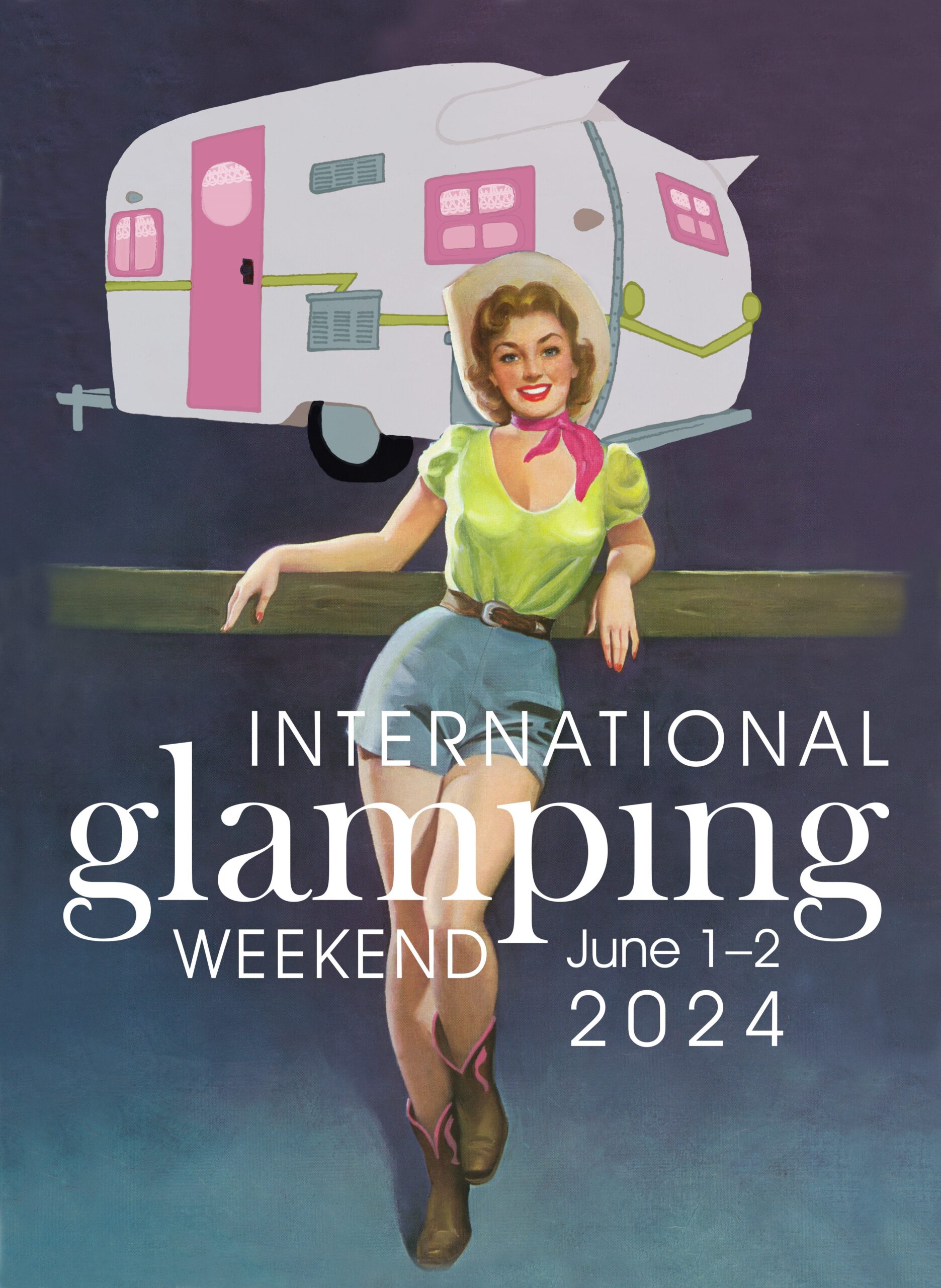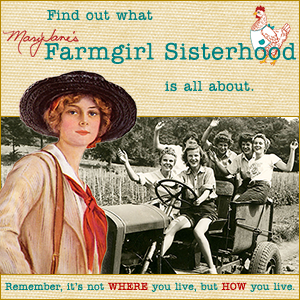With the holidays fading fast in our rearview mirrors, we find ourselves in the wide open expanse of …

Photo by Walter Baxter of geograph.org.uk via Wikimedia Commons
midwinter.
About this time of year, we start counting the days until spring and wondering how the rugged residents of far northern latitudes do it. How can they keep their chins up with months more until thaw and precious little daylight in which to weather the harshest of seasons?
They must have a secret.

Photo by 4028mdk09 via Wikimedia Commons
In fact, they do.
Well, it’s not exactly a secret—the rest of the globe just hasn’t caught on to hygge yet.
The Danish term hygge (pronounced something like “heu-gah”) is worthy of translation among traditions nationwide, if for no other reason than the fact that Denmark is the happiest country in the world, according to the United Nations General Assembly’s World Happiness Report.

Photo by Kozuch via Wikimedia Commons
That’s pretty big, right?
While I’m fairly certain hygge is a noun, its definition isn’t cut and dried. It’s more of a concept, really, a notion, a ritual of sorts.

Photo by Christian Bier via Wikimedia Commons
Perhaps I should leave the defining to a lady who knows the nuances of hygge, Louisa Thomsen Brits. She’s a writer of Danish descent, and she crafted a lovely blog called—you guessed it—Hygge, where she explains this winter survival strategy most eloquently:
“Hygge is the art of building sanctuary and community, of inviting closeness and paying attention to what makes us feel open-hearted and alive. To create well-being, connection and warmth. A feeling of belonging to the moment and to each other. Hygge happens when we commit to the pleasure of the present moment in its simplicity,” Brit writes. “Hygge is a kind of enchantment—a way of stirring the senses, the heart and the imagination, of acknowledging the sacred in the secular—a way of giving something ordinary a special context, spirit, and warmth, taking time to make it extraordinary.”
Okay, so maybe that’s more of a roundabout explanation than a hard and fast definition, but you’re beginning to get the gist, aren’t you?
According to VisitDenmark.com, “Hygge actually comes from a Norwegian word meaning ‘well-being.’ It first appeared in Danish writing in the 18th Century and has been embraced by the Danes ever since.”
Now that we’ve come closer to the meaning, explore the practice (not to mention pronunciation) of hygge in this mini video travelogue from Copenhagen:
























































































This was fantastic! I have never heard of Hygge but I think it is a great idea. Ohhh, a porridge cafe? Count me in. A person could start the day with porridge, then get a cozy table with a coffee while they read and do their laundry, then meet a friend late afternoon for a local beer with a friend all while immersing themselves in lots of winter hygge. What a great way to live in these cold,grey and somewhat dreary months of Winter. Leave it to the Scandinavians to understand Winter and make it a season of joy. And that huge bonfire photo you posted? That looks like the size of the bonfire we experienced on New Year’s Eve in Iceland. It was more like a house on fire than the sort of bonfire’s we are used to here!! However, everyone is sitting or standing around, singing , laughing and enjoying the time with family and friends. We didn’t even see a fire truck or EMS close by. Amazing!
Yes a great concept. No like here. I would love to go to the kinds of cafes that they showed in the clip. We have nothing like that here, well not here in PA dutch country anyway. But I noticed that everyone was very young in this clip, what do older people do and where do they practice hygge ? Besides the bonfire, which luckily my friends do nearby and in a big way. Fire about 30ft across and burns all night. Yep, I guess that’s hygge here after all.
Lisa, I noticed that they all spoke very good English, and I wonder if that’s why the young uns were on camera? Hmmm. They all seemed to be very good-looking, too, but that’s probably just because they’re Danish. And ride bicycles. And drink coffee beer. And eat porridge. And do their laundry while drinking coffee.
hi karlyne,
Actually, nearly all scandinavians speak wonderful American accented English, not “veddy proper English ” like some nations. They are all very fluent and many older folks ( post war time) are as well. Yep, they do have a nice and rather slowed down lifestyle especially for a big city. My German friends are all on a very hectic, fast paced lifestyle. But cafe life is the way most Europeans get together and socialize. Not so much in their homes as we do.
I’ve read articles about how Europeans in general, and Scandinavians specifically, have smaller houses and many fewer possessions than Americans and that might partly be because they do go out to socialize and don’t “need” their houses so much. Americans do tend to stay put in their homes, don’t they?
Houses are often prohibitively expensive, like millions instead of thousand of dollars worth in cost. My German friend says a $ 250K house here would be like $1- 2 million in Germany for instance.
And the lack of so many possessions like us doesn’t make them unhappier , does it?
Sounds like the difference between the cost of houses in California and Idaho!
I rarely watch videos (I have the sound muted on my laptop), but today, as the cold, frozen fog is seeping through all of my windows, I thought the sound of Hygge needed to be heard. And what an encouraging video, because although I don’t have physical access to any of those cozy, lovely community things, your post at least made me happy to see them and has got me thinking of some Hygge things that I can do. Thanks!
Love this! Yes, being married to a Dane, I know all about “hygge”! It’s slowing down…coffee in a cup and saucer, not in a “to go” cup, it’s warmth and coziness and good conversation. Great post, MaryJane! Farmgirl hugs, Nicole (Suburban Farmgirl)
I LOVE this!! Definitely plan to invoke this here in North Central Montana! 🙂 Thanks for sharing!
Pingback: Mia’s Hygge Time | Raising Jane Journal
This was fun
Having spent my last 30 years in Fairbanks, Alaska where our seasons consist of June, July, August and Winter, I recognize and enjoy Hygge daily!! Our town in filled with warm inviting coffee shops where there is always amazing coffee and all the trimmings. My friends and I gather for good conversation and good coffee often. My husband and I have our own Hygge routine as well. Every evening, after the fire has been stoked and made ready for the night, about an hour before bed, we have tea (decaf of course) together. We try lots of different flavors and while sipping our tea we have a conversation about the day. It’s a very cozy time for us and prepares the mind and the body for good restful sleep.